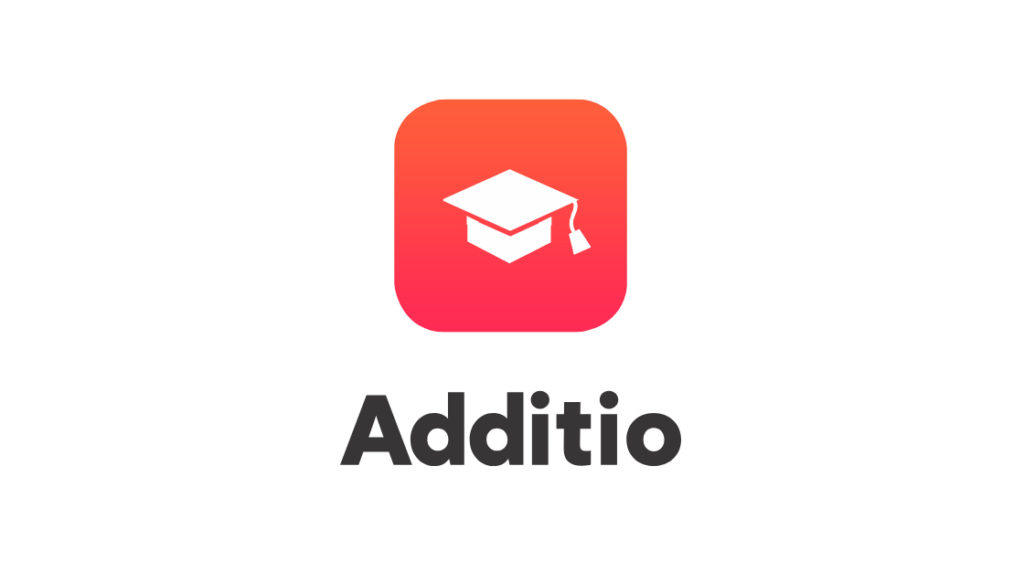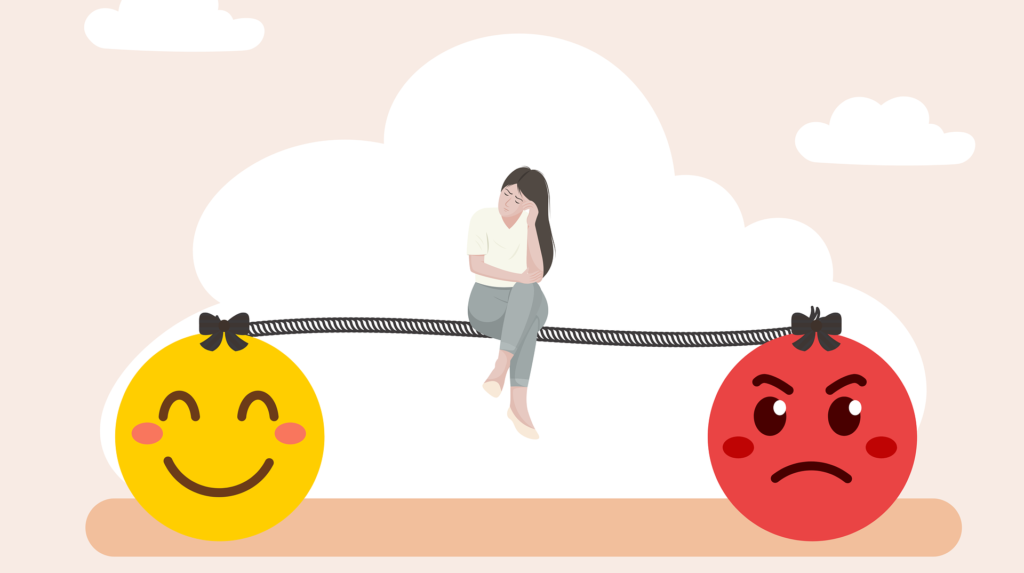Has it ever happened to you to have a student with a disability among your students, and you found yourself confused on how to be sure your class is inclusive?
Lack of investment and vast student ratios often lead to forgetting about the integration and inclusion of students with disabilities. However, if you have a student with a disability in your class and you want to be sure your class is inclusive, not all is lost yet! In this post you’ll learn some tips for your student to feel integrated in your class.

1. Before you start: you need to understand the different types of disabilities and their meaning
The most important step you must take before you start working for the inclusion of your student is to understand in depth the different types of disabilities that exist and how such disabilities affect people’s lives. For instance, you may know some sort of auditive disability that implies a hearing loss, it is key that you understand the existing degrees and how your student can live with no additional help, or wear some kind of hearing aid, cochlear implant, speak in sign language, etc.
There are several websites that explain the different types of disabilities there are. Here you can find a sum:
- Physical disability: it can reduce mobility on some body parts. This can be caused by an injury on the muscles or nervous system, or it can be the result of an accident, etc.
- Intellectual disability: diagnosed people have an intellectual development under the average, it tends to affect social abilities.
- Sensitivity disability: visual and hearing disability are included here. Visual disability affects sight and there are different levels and vision loss. Hearing disability is an alteration of the internal ear and there are several degrees, so it is important to know each particular case to know how to deal with it.
- Psycho-social disability: it is about the limitation that experience people diagnosed with mental disorders or that may have been affected by discrimination or stigma.
- Multiple disability: this happens when several disabilities are experienced together.
When you already know what each type of disability is about, you must carry out some research on how it affects people, and specifically people with your student’s age, as a disability can be experienced differently according to the vital stage of each person.

2. Try to understand correctly your student’s needs
Once you already know what your student disability is about, you need to understand your student ‘s special needs, especially those related to your class. Whether speaking with your student, the family or the tutors, you must be really careful and aware of the needs. It is all about listening.
You must take some notes on the educational barriers your student may be facing, and the possible solutions that have worked previously.
For instance, a student with hearing disability can need to be seated in the first row, or a student with intellectual disability may need simple and repetitive instructions. In case the student or family do not know how to deal with disability in class, you can go to your center director to ask for some guidance on this issue.
During the course, you can use communication with families to keep track of the student progress so that the family can be aware of the work done in class.

3. Study how you can help your student inclusion in class
Now you know what your student needs in class. Next step is adopting actions to help materialize this inclusion in your class. Some actions you may take are (but not the only ones) are:
- Adapt materials so that they can fit your student needs: you can add subtitles to the videos (for hearing disability cases), use a voice reader (for visual disability cases), sports adaptations in Sports (for physical disability cases), etc. Keep in mind you can show all these adaptations in your scheduling and consider it when doing the class.
- Allow the option of an extra support: some students with specific needs may need extra support or guidance.
- Adjust your class rhythm and structure: according to the follow up of your student, consider adapting rhythm so that your student can follow properly.
- Sensitize the rest of the class about disabilities, to build a respectful and 0 tolerance environment. This is a big step to prevent bullying and discrimination situations to people with disabilities. You can introduce some experiences of people with disabilities that can be inspiring or induce this respect environment.

4. Be careful with your language
In many occasions, discriminatory situations arise from an incorrect language use. This is why it is important to detect those expressions that can be discriminatory, and substitute them by more respectful words. According to a COCEMFE manual, here you can find some examples:
- Do not use “disabled person” but “person with a disability”
- Do not use terms such as “retarded”, “disabled”, “handicapped”, “mutilated” but “person with a disability”
- Do not use disability as a noun (“the deaf”, “the blind”), but use other forms such as “person with a hearing/visual disability”
- Do not say “normal people” to refer to people with no disabilities, but use term “people without disabilities”
What is your experience?
If you’ve ever found yourself in this situation, tell us all about it! We want to know your experience for future posts where we talk about particular disabilities and how to deal with them in class. We’re waiting for you in our social media: Facebook, Twitter, Instagram and Youtube.
Remember that you can start working with our free plan Additio Starter to keep track of your students’ progress.
Until the next post!





